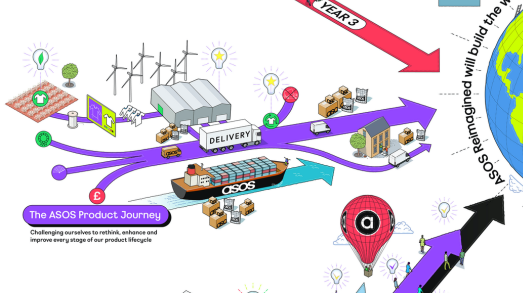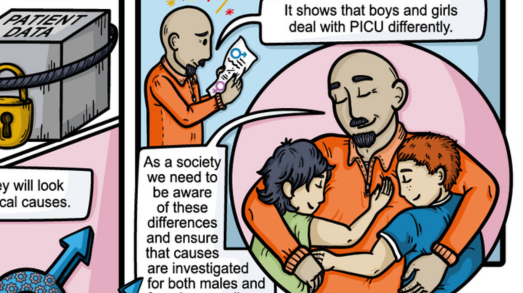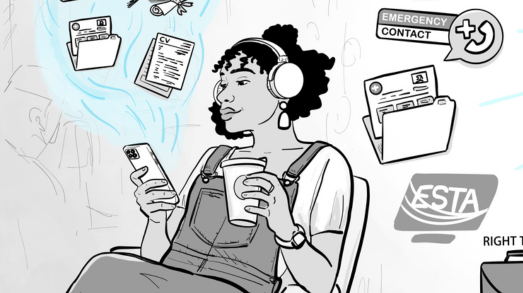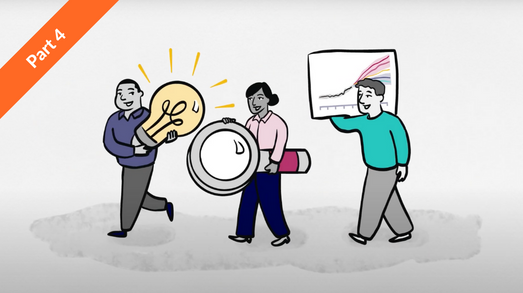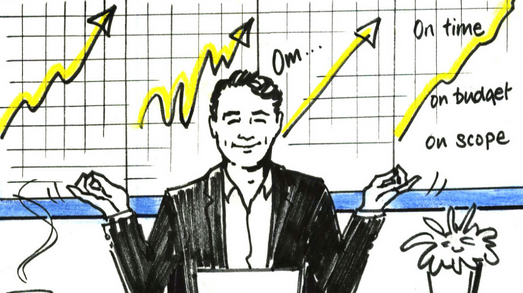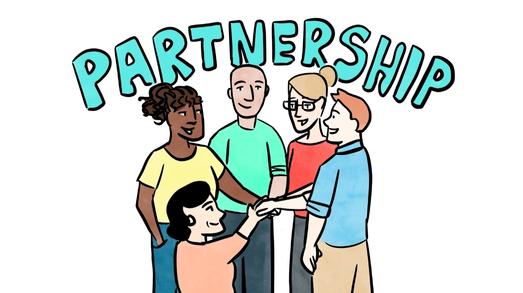The last six months have been some of the most exciting in Inky Thinking’s history, and none more so than this month with the launch of the new website, featuring new services and blog, Ink Blot. By applying user experience design (UX) methodology we’ve taken a very deliberate approach to the design of our website ensuring that, whether on desktop or mobile, visitors to our site benefit from a seamless experience.
I hope you will enjoy what our new site has to offer now, and the additions to the site over the coming months. You can keep up to date by subscribing to our newsletter ‘Drawn to Glory’.
Our manifesto:
We’re proud to be launching our new manifesto:
‘Every one of us thrives from a deeper understanding of the constantly changing environment in which we live and work. Visual communication has the power to shape our ideas, create mutual understanding, and change the way we live, learn and work. Individuals, teams and organisations are enabled to reach their higher potential, and together we will achieve amazing things.’
Our manifesto is our way of explaining why we, at Inky Thinking, do what we do and why we believe visual communication is a vital medium in a complex, fast changing and challenging world. Of course, this isn’t new news. Visual communication has always played an important role in human life right from the creation of early cave paintings. Today, with so much choice available at our fingertips, there has never been a more important time to be choiceful and intentional in our communication to others. Whatever our message, we have a responsibility to convey what we want to say effectively and to carefully consider the needs of those who receive our messages.
Take PowerPoint as an example. I’ve often been quoted as having a dislike of PowerPoint. This isn’t exactly true. I appreciate PowerPoint and what it has to offer business communicators. The limitation as I see it is not the tool itself, but how it is used. To understand more please do check out Section 2 in my book ‘Meet with Impact’, where you will encounter the characters such as the Bomber and the Hammer.
The same can be said of many other visual mediums, including those we offer within Inky Thinking such as graphic recording, rich pictures, animated explainer videos, illustrated photography and customer experience mapping. All are powerful methods of conveying one’s message, however it is how the method of communication is crafted that makes the biggest difference, which is why we place our clients at the centre of everything we do.
Information is not knowledge:
Albert Einstein was right. Information in itself is not knowledge, neither is simply possessing information (which sadly appears to be the case when it comes to adorning one’s shelves with books one plans to read but never get around to). We can seek to understand through absorbing and processing information, which leads itself leads to knowledge. But what happens if the stories we are presented with a fragile?
I was particularly intrigued by a recent article in the Harvard Business Review by Emre Soyer and Robin M. Hogarth about the dangers of misleading others through storytelling. In summary, the authors of the article explain the variety of ways in which stories can be misleading, for example through hindsight, anecdotes, myopia, or correlation mistaken for causation. The solution to these problems, according to Soyer and Hogarth, isn’t to top telling stories, but to use stories intelligently by allowing narratives to be scrutinised rather than taken as gospel. This would enable those conveying the message to test, refine and update their stories and messages.’
‘Story scepticism could eventually lead to better and more valid stories, improving our collective learning and decisions.’ This is a refreshing approach as it empowers recipients of stories and messages to constructively challenge the narrative. The Post Office case study in the ‘How we add value’ section is a good example of this approach, where a rich picture was created to convey a version of the organisation’s narrative for the future, to which the leadership population were invited to test and feedback their responses and opinions in the spirit of a mutual dialogue.
The future:
The notion of creating stories and narratives to be tested and scrutinised may seem utopian to some, especially when it comes to politics, however I believe this is an admirable and credible goal to aim for in an environment where we are constantly bombarded by constant data. This applies equally to modern organisations, whose leaders are looking for engaging ways to win both the hearts and minds of their people. Finally, this idea applies to those who are looking to improve the lives of others, whether that’s through the introduction of a new service, the offer of professional advice, or the purchase of a new product.
I am hoping you will join us on our shared journey to see, and experience, the value that visual communication has to offer and make the world a more enjoyable place to live, learn and work.
Contact Inky Thinking and discover how visually compelling your next meeting, event, project or sales pitch will be.



